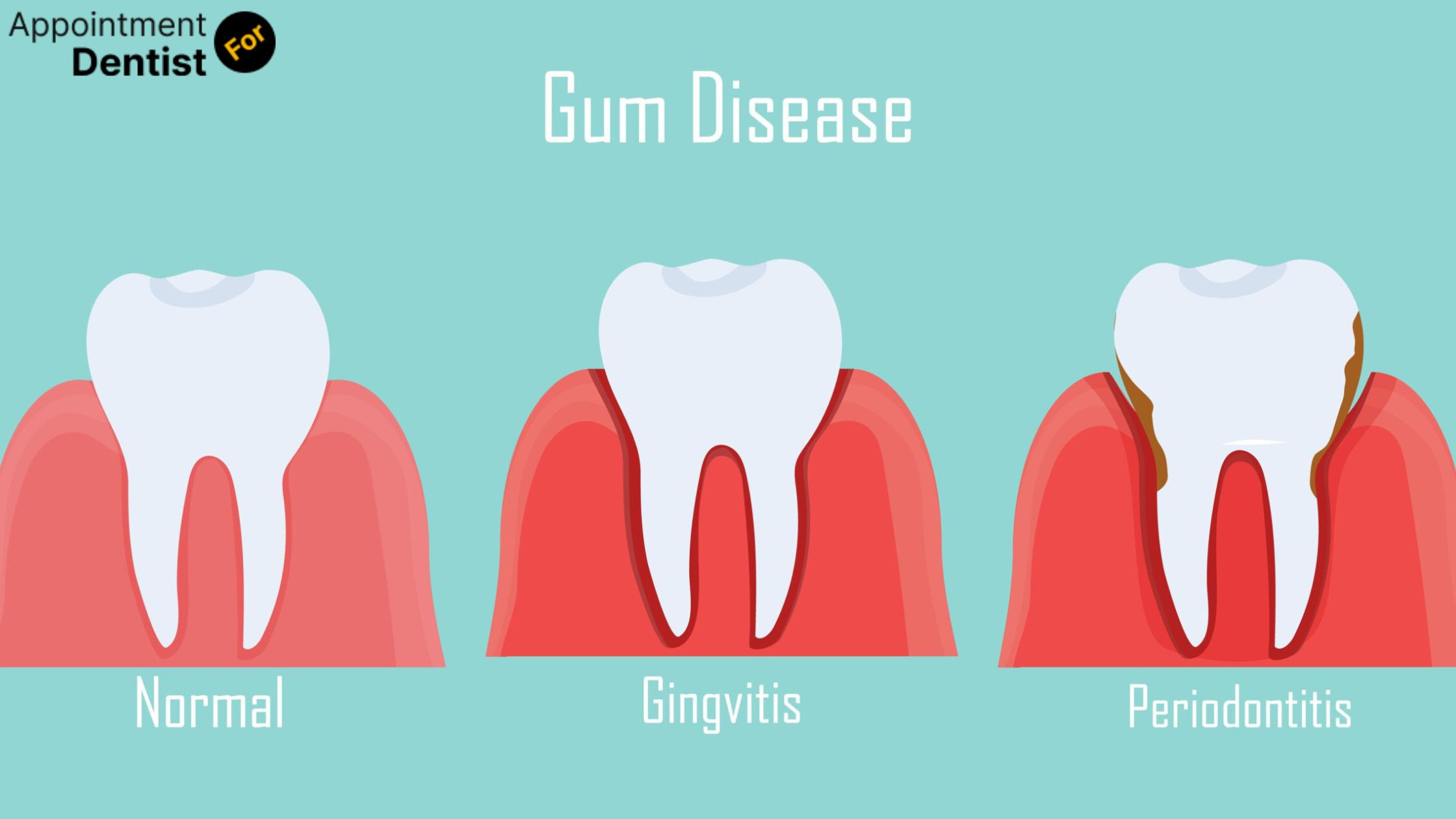Treating and Preventing Gingivitis: Essential Tips
Posted on July 18, 2024 by Admin

Gingivitis, a common and often early stage of gum disease, is characterized by inflammation of the gums. It is caused by bacterial growth due to poor oral hygiene. If left untreated, gingivitis can progress to more severe forms of gum disease and potentially lead to tooth loss. Fortunately, gingivitis is reversible with proper dental care and good oral hygiene practices. This blog will explore essential tips for treating and preventing gingivitis to help you maintain optimal oral health.
Understanding Gingivitis
Gingivitis typically manifests as red, swollen gums that may bleed easily, especially during brushing or flossing.When plaque is not removed through regular brushing and flossing, it can harden into tartar (calculus), which further irritates the gums and can only be removed by a dental professional.
Common risk factors for gingivitis include:
- Certain Medications: Some medications can reduce saliva flow or cause gum tissue changes.
- Health Conditions: Diseases like diabetes can impair the body's ability to fight infection.
Treating Gingivitis
The good news is that gingivitis is treatable and reversible with the following approaches:
-
Improved Oral Hygiene
Use a soft-bristled toothbrush and brush gently along the gumline to remove plaque.
-
Antimicrobial Mouthwash
Rinsing with an antimicrobial mouthwash can help reduce plaque and prevent gingivitis. Look for mouthwashes containing ingredients like chlorhexidine or essential oils such as tea tree oil.
-
Stress Reduction
Stress can weaken the immune system and make it harder for your body to fight off infections, including gum disease.

Also Read: Things You Should Know About Dental Insurance
Preventing Gingivitis
Prevention is key to avoiding gingivitis and maintaining good oral health:
-
Maintain Good Oral Hygiene Habits
- Use dental floss or interdental cleaners to clean between teeth daily.
- Replace your toothbrush every 3 to 4 months or sooner if bristles are frayed.
-
Regular Dental Check-ups
- Visit your dentist for regular check-ups and professional cleanings every 6 months or as recommended by your dental professional.
-
Use Fluoride Toothpaste
- Fluoride helps strengthen tooth enamel and can help prevent tooth decay and gum disease. Choose a fluoride toothpaste approved by the American Dental Association (ADA).
-
Be Aware of Risk Factors
- Understand the risk factors for gingivitis and take steps to minimize them. Maintain a healthy lifestyle, manage chronic health conditions, and avoid habits like smoking that can increase your risk of gum disease.
-
Educate Yourself
- Stay informed about oral health best practices and techniques. Talk to your dentist or dental hygienist about proper brushing and flossing techniques and any concerns you may have about your oral health.
Must Read: 7 Mistakes to Avoid When Choosing a Dental Plan
Conclusion
Gingivitis is a common and treatable condition that can be effectively managed with proper dental care and good oral hygiene practices. By taking proactive steps to prevent gingivitis and seeking prompt treatment if symptoms occur, you can maintain healthy gums and teeth throughout your life. Remember, your oral health is an essential part of your overall well-being, so prioritize regular dental visits and daily oral hygiene habits to keep your smile bright and healthy. If you suspect you have gingivitis or have concerns about your oral health, don't hesitate to consult with your dentist for personalized advice and treatment recommendations. Taking care of your gums today can help prevent more serious dental issues tomorrow.
Faqs
-
1. What are the signs and symptoms of gingivitis?
Gingivitis often presents with red, swollen gums that may bleed easily, especially during brushing or flossing. Other symptoms include bad breath (halitosis) and receding gums.
-
2. Can gingivitis be reversed?
Yes, gingivitis can be reversed with proper dental care. This typically involves improved oral hygiene habits, regular professional dental cleanings, and addressing underlying factors such as plaque buildup.
-
3. What causes gingivitis?
Gingivitis is primarily caused by plaque buildup on teeth. Plaque is a sticky film of bacteria that forms on teeth and gums when sugars and starches in food interact with bacteria normally found in your mouth.
-
4. How can I prevent gingivitis?
Preventing gingivitis involves maintaining good oral hygiene practices, such as brushing your teeth at least twice a day with fluoride toothpaste, flossing daily, and scheduling regular dental check-ups and cleanings. Avoiding smoking or tobacco use and eating a balanced diet can also help prevent gingivitis.
-
5. When should I see a dentist for gingivitis?
It's essential to see a dentist if you notice symptoms of gingivitis, such as bleeding gums, persistent bad breath, or changes in the appearance of your gums. Early intervention can prevent gingivitis from progressing to more severe gum disease.
Recent Post
- The Importance of Oral Health Education for Children
- How to Choose the Right Orthodontic Treatment for Adults
- The Link Between Oral Health and Stroke Risk
- How to Address and Prevent Gum Recession
- Innovations in Dental Anesthesia: Pain-Free Procedures
- The Role of Saliva in Oral Health: Functions and Disorders
- Exploring Holistic Dentistry: What You Need to Know
- How Oral Health Affects Your Immune System
- The Benefits of Using Dental Probiotics
- Oral Health and Pregnancy: Myths and Facts